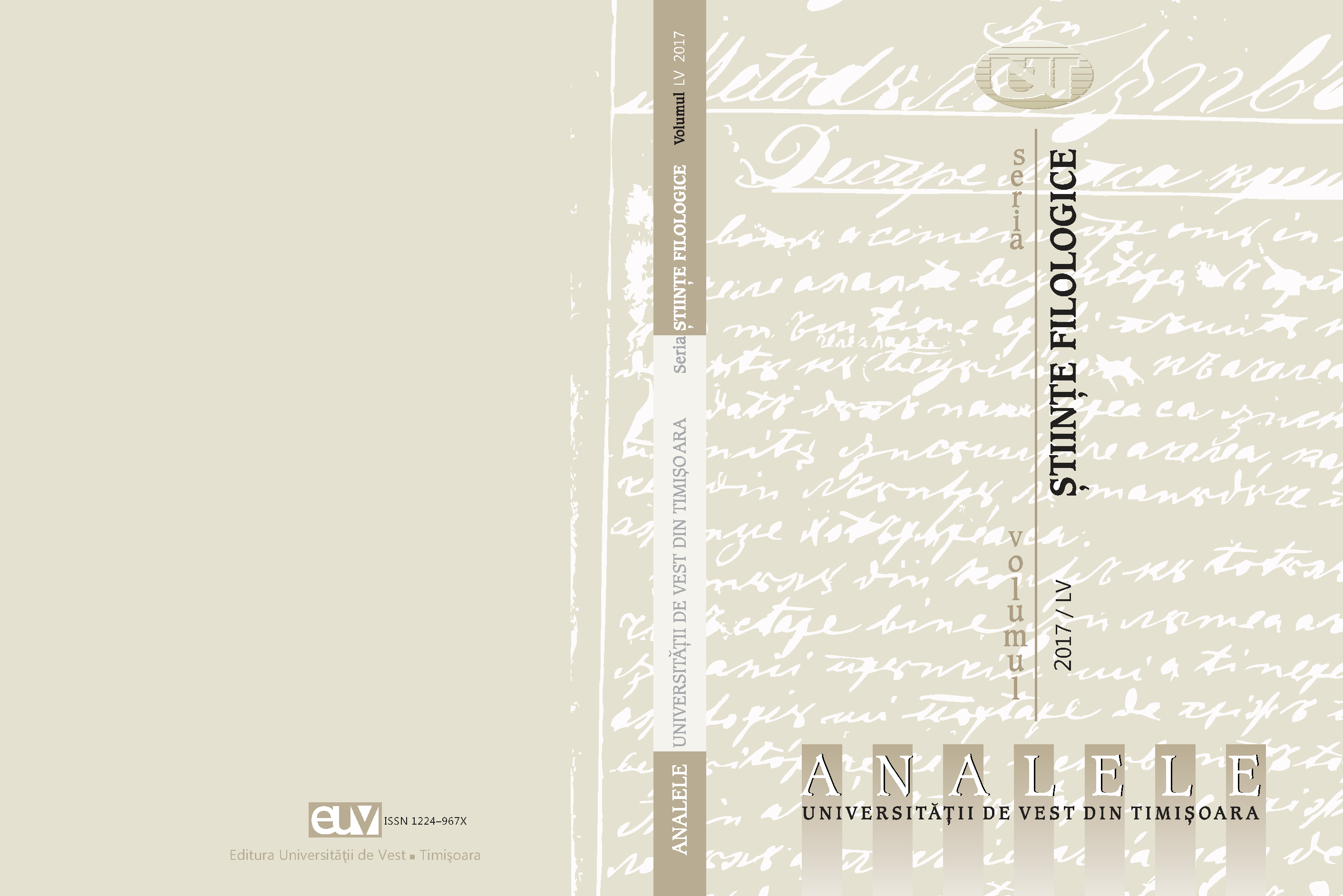Traducerea de la rescriere și editare la retraducere. Câteva observații cu privire la trei traduceri (secolele al XIX-lea – al XXI-lea) ale romanului Les trois Mousquetaires / Cei trei mușchetari de Alexandre Dumas
The Translation Process: From Rewriting and Reediting to Retranslation. A Few Remarks on Three Romanian Translations (between the Nineteenth and the Twenty-First Century) of Les Trois Mousquetaires / The Three Musketeers by Alexandre Dumas)
Author(s): Georgiana I. Badea, Simona ConstantinoviciSubject(s): Philology
Published by: Editura Universităţii de Vest din Timişoara
Keywords: history of translation; comparative analysis of translation; retranslation; The Three Musketeers; Alexandre Dumas père
Summary/Abstract: This study analyses translations of Alexandre Dumas in the nineteenth, twentieth, and twenty-first century, as well as his translators’ attitudes. To address the complexity of the topic, we focus on the second Romanian translation of The Three Musketeers, signed B. P. and published in 1857, thirteen years after the publication of the original (1844) in serial form first and then in a volume. Dumas’ novel was the object of several retranslations both in the same century and in the next ones. After a short introductory presentation of the Romanian translators’ preference for Dumas-père, we will make a few remarks on the expectation horizon of the target audience; then we will narrow down on a translation analysis from the point of view of the evolution of the language and, inevitably, of the necessity to retranslate. This will be demonstrated by the bilingual comparative analysis of the source text, Les Trois mousquetaires, and three Romanian versions representing three centuries, therefore three mentalities and three evolution stages of the Romanian language and thinking on translation, and of the Dumasian discursive universe. The semantic-stylistic analysis will focus on the development of the language and its growing artistic potential, while the translation analysis will follow diachronically the correlation between translation strategies and the taste of the target audience for each translation.
Journal: Analele Universităţii de Vest din Timişoara.Seria ştiinţe filologice
- Issue Year: 2017
- Issue No: 55
- Page Range: 15-37
- Page Count: 23
- Language: Romanian

